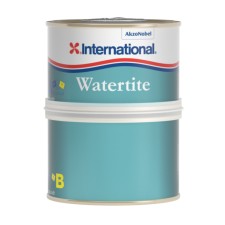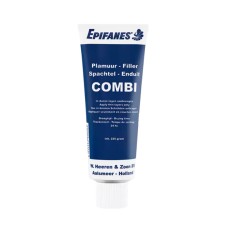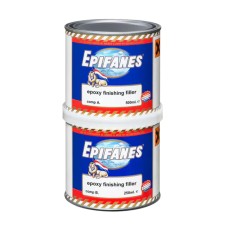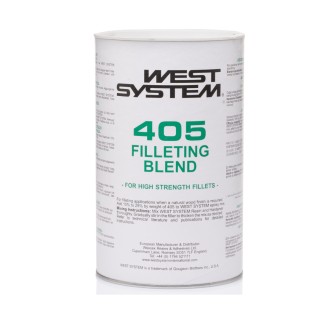Description
Category D2 PVAC-based water-soluble wood glue for interior use. Becomes transparent/crystalises when dry. Also suitable for highly demanding bonding work. Bonds quickly and strongly and is highly resistant to heat and moisture. Suitable for dry, outdoor items. Withstands temperature and aging and is environmentally friendly
Features
PVAC glues water-based
Made for dry wood
Interior use
Transparent when dries
Fast drying
Ultra-strong initial tack
Remain fairly flexible
Becomes transparent/crystallizes when dry
Suitable for highly demanding bonding work
Bonds quickly
Works well on any finish
Resistant to heat and moisture
Environmentally friendly
Withstands aging
Application
Bonding pieces of hardwoods and softwoods such as beech, oak, pine, walnut, rosewood, etc. Bonding MDF, formwork, chipboard, veneer. Sticking plasterboard, polystyrene foam, cork, textiles and other coatings onto chipboard and MDF.
Tips
Choose a PVAC glue for projects built with dry wood and tight fitting joints. PVAC glues require tight joinery and strong, even clamping pressure
Pick PVA glue for a permanent bond
Clean off any old glue before you apply new glue. Old glue residue will make the bond weaker if you don’t remove it first
Spread glue onto 1 side using a stiff-bristled brush
Use a rubber roller to apply glue to large panels. You could also use a small paint roller, but be sure to clean it off as soon as you’re done so the glue doesn’t harden
Apply glue to the inside of wooden joints before you connect them. Then, press the joints together, which will spread the glue to cover all the surface of the wood and create a cohesive bond
Repair loose chair rungs by applying glue with a syringe. If you can’t remove the rung, insert the syringe into the space in the slot that holds it in place
Clamp the wood together until the glue is dry. Press the pieces of wood and apply pressure as you hold them together




















